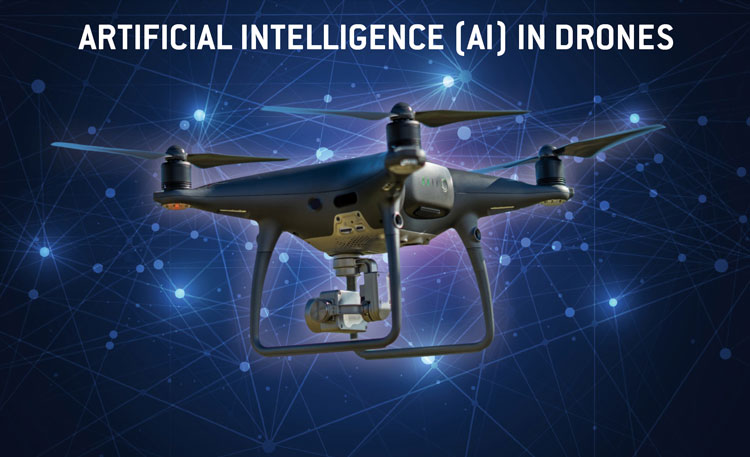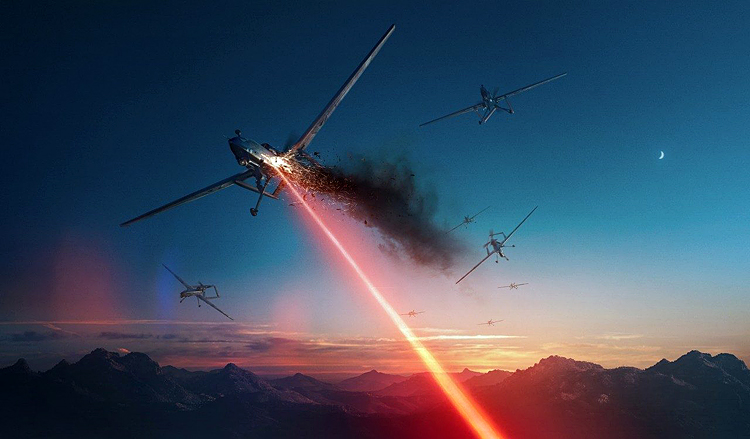INDIAN ARMED FORCES CHIEFS ON OUR RELENTLESS AND FOCUSED PUBLISHING EFFORTS

The insightful articles, inspiring narrations and analytical perspectives presented by the Editorial Team, establish an alluring connect with the reader. My compliments and best wishes to SP Guide Publications.

"Over the past 60 years, the growth of SP Guide Publications has mirrored the rising stature of Indian Navy. Its well-researched and informative magazines on Defence and Aerospace sector have served to shape an educated opinion of our military personnel, policy makers and the public alike. I wish SP's Publication team continued success, fair winds and following seas in all future endeavour!"

Since, its inception in 1964, SP Guide Publications has consistently demonstrated commitment to high-quality journalism in the aerospace and defence sectors, earning a well-deserved reputation as Asia's largest media house in this domain. I wish SP Guide Publications continued success in its pursuit of excellence.
Drones in AI Shadow
Unveiling the challenges and opportunities in the era of advanced military technology
 |
The Author is Former Director General of Information Systems and A Special Forces Veteran, Indian Army |

The first ever global summit to discuss the safety and regulations of artificial intelligence (AI) was held in London on November 1-2, 2023; UK's Artificial Intelligence Safety Summit. Sitting opposite British Prime Minister Rishi Sunak on the sidelines of the summit and joined by an audience of UK cabinet ministers and tech executives, Elon Musk advocated a "referee" and an "off switch" that he said must be built into the models to "throw it into a safe state". This was a warning against killer robots and advance forms of AI.
However, both robots and AI are here to stay. Countries across the globe are racing to utilise AI to boost military capabilities and improve the efficiency of existing technologies; which would unleash a powerful chain reaction that is bound to have serious implications for the conduct of warfare and the future of conflict. Rogue states will also provide these technologies, perhaps selectively, to state-supported terrorists and private armies. As it is, the military drone market is expected to surpass $100 billion by 2032.
The first ever global summit to discuss the safety and regulations of artificial intelligence (AI) was held in London on November 1-2, 2023
As to Musk's "referee" and "off switch", global regulations or conventions will be as ineffective as in the case of CTBT or Terrorism. For example, the 'Biological Weapons Convention' (BWC) prohibits development, production, acquisition, stockpiling and transfer of biological and toxin weapons. Yet, China and the US are the biggest violators. Similarly, Washington supports the 'International Convention for the Suppression of the Financing of Terrorism' but America is the foremost "practitioner" of terrorism in using terrorist organisations like the Islamic State as proxies.

AI is revolutionising swarm intelligence and automation in drones, transforming them into a fundamentally different kind of killer weapon or Lethal Autonomous Weapons Systems (LAWS) which can be ground-based, air-based, or water-based. Well planned and executed swarm drone attack(s) can overwhelm the enemy giving tremendous tactical and in some situations strategic advantage.
AI automation in drones is producing advancements in several areas of drone operations, including in autonomous navigation, communication networks, data analysis, integration with the Internet of Things (IoT), and lastly autonomous decision-making for offensive operations, latter being the most controversial or perhaps dangerous development, with increasing chances of robots going rogue by default or the enemy using the 'rogue' excuse to suit its design.
AI is revolutionising swarm intelligence and automation in drones, transforming them into a fundamentally different kind of killer weapon or Lethal Autonomous Weapons Systems (LAWS)
Both Russia and Ukraine have used loitering munitions successfully in the ongoing war in Ukraine which the Chinese have been watching closely. Chinese strategists view loitering munitions highly cost-effective in this war of attrition; targeting high value and expensive targets, such as air defence radars and missiles, as well as other important targets. At the same time, compared to high-energy lasers, microwave weapons have longer range, are less affected by weather, and have better firepower control, making them more suitable for dealing with drone swarm attacks.
News reports of November 23, 2034 said Chinese researchers have achieved a significant breakthrough in drone technology by developing a fleet of drones capable of engaging in "group chats" to discuss tasks and collaborate like real human teams. The demonstration showed a team of five drones collaborating to locate a set of keys in an outdoor park. The drones exhibited human-like dialogue interaction, proactive environmental awareness, and autonomous entity control, latter involving the drones' ability to adjust their flight status in real-time based on environmental feedback.

Researchers believe this technology can improve various sectors, including security patrols, disaster relief and aerial logistics. A notable advantage is the transparency these drones offer in terms of their decision-making processes, which allows researchers and operators to gain a better understanding of the drones' behaviour; crucial for optimising their performance and safety.
In 2024, Russia plans to deploy the 'Lastochka' ('Swallow') attack drone, the updated 'Rusak' first-person view (FPV) drone, and the 'Zhuravl' ('Crane') UAV carrier, which transports kamikaze drones, in the Ukraine conflict combat zone for testing. Russia is also developing anti-interference navigation and improving its 'Pozemka' communication module. According to the Russian defence firms developing the new drones, it is important for all new products to be tested at the combat front.
Chinese researchers have achieved a significant breakthrough in drone technology by developing a fleet of drones capable of engaging in 'group chats' to discuss tasks and collaborate like real human teams
According to the Russian developer 'Stratim Design', the autonomous maneuverable drone 'Voron' ('Raven') is launched first to fly at an altitude of up to 500m for reconnaissance. Then, the 'Vorobey' ('Sparrow') drone is launched to locate the enemy positions. 'Shegol' ('Goldfinch') Kamikaze drones then take off and strike targets located at tactical depth, such as the enemy's firing points, the infantry located in shelters, and armoured vehicles. Russian UAVs can also be equipped with a TBG-7V thermobaric projectile, which is designed to destroy manpower in shelters.
Russia is developing new drones with maximum take-off weight of 25 kg, flight range of 30-50 km, and maximum speed of 100 km/h, which are planned to be tested in 2024. Stratim Design is also developing jet-powered long-range drones equipped with small-sized gas turbine engines. The 'Yastreb' ('Hawk') drone, with strike range of 300-350 km and payload capacity of 16 kg, will also use solid-fuel propellants.
News reports of January 15, 2024 state that the Indian Army is gearing up for AI-powered land robots for both offensive and defensive capabilities
News reports of January 15, 2024 state that the Indian Army is gearing up for AI-powered land robots for both offensive and defensive capabilities. The Indian Army envisions these AI-powered robots playing diverse roles; acting as reconnaissance units, gathering intelligence, identifying enemy targets, breaching minefields (detection and cleaning), suppressing enemy fire and even taking on targeted strikes. Robots can be used as sentries, to augment human in guarding borders, saving human lives in combat situations, and perhaps render first aid in remote locations.
The advantages of AI-powered robots are immense but developing and deploying advanced robots also pose huge challenges; of which, seamless integration with our existing military systems and requisite cyber-security are essential parts. Moreover, the size of our Army, the extent of our borders and the mounting threats indicates we have a long way to go.





